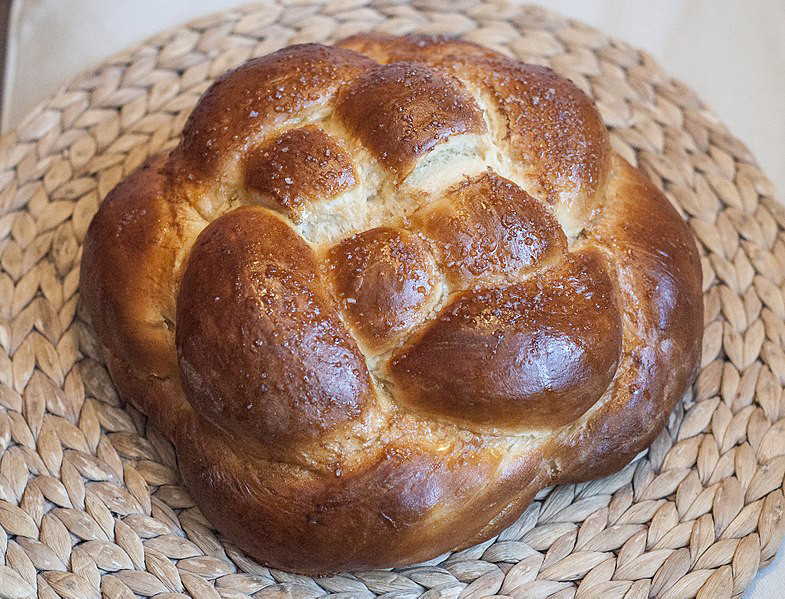Feasting on the good foods for Rosh Hashana
Beginning on the evening of Sept. 9, Jewish people across the globe will be gathering around with their loved ones to ring in the new year.
Rosh Hashana, which literally means the beginning, =or head, of the year, is a two-day celebration that starts on the first day of Tishrei, the first month on the Jewish calendar, and according to the teachings of Judaism, it is the anniversary of the creation of Adam and Eve.
One of the holiday’s traditions includes the eating of symbolic foods, which include:
challah bread, braided egg bread that appears at every Shabbat dinner. During the month of Tishrei, the bread is dipped in honey, rather than salt, to severe as a prayer for sweet things to come in the new year. The bread is baked in a round shape to symbolize the year’s cyclical nature.
Apples with honey are severed for a similar reason, to symbolize sweet things to come in the year. Apples, however, are chosen specifically for their connection to the Garden of Eden, which according to the Torah stories, smelled like an orchard.
Pomegranates are also served. The many seeds of the fruit represent the many merits that those celebrating hope will fill the New Year. Additionally, the multitude of seeds also represents the 613 commandments in the Torah. In biblical times, pomegranates were used to add tart flavors to meals, as lemons and tomatoes had yet to be discovered by those around the Mediterranean.
Carrots, or gezer in Hebrew, are another part of meals during Rosh Hashana. As Gezer sounds similar to g’zar, the Hebrew word for decree, the vegetables symbolize the desire for God to nullify negative decrees against those celebrating. Additionally, the Yiddish words for carrots and more are mern and mer, respectively. Carrots can symbolize the desire for more blessings to come.
Fish is another Rosh Hashana staple. In ancient times, people believed that fish never slept, and while since disproven, the inclusion of fish represents the desire to remain vigilant and constantly aware of opportunities to do good. The heads of the fish are also often included, as symbol of moving forward, although they are sometimes replaced with the head of a sheep, or a head of cabbage or garlic at vegetarian meals.
Dates, one of the Seven Species of Israel are also included in the meals. Archaeological evidence shows that while beekeeping was practiced in ancient Israel, it’s now agreed that the phrase, “land flowing with milk and honey,” from the Torah, is actually referring to date honey.
This is only a sample of the foods served by Jewish people across the world as part of Rosh Hashana, but it highlights the lessons that these traditions can impart every year.

 59.0°,
Mostly Cloudy
59.0°,
Mostly Cloudy 




